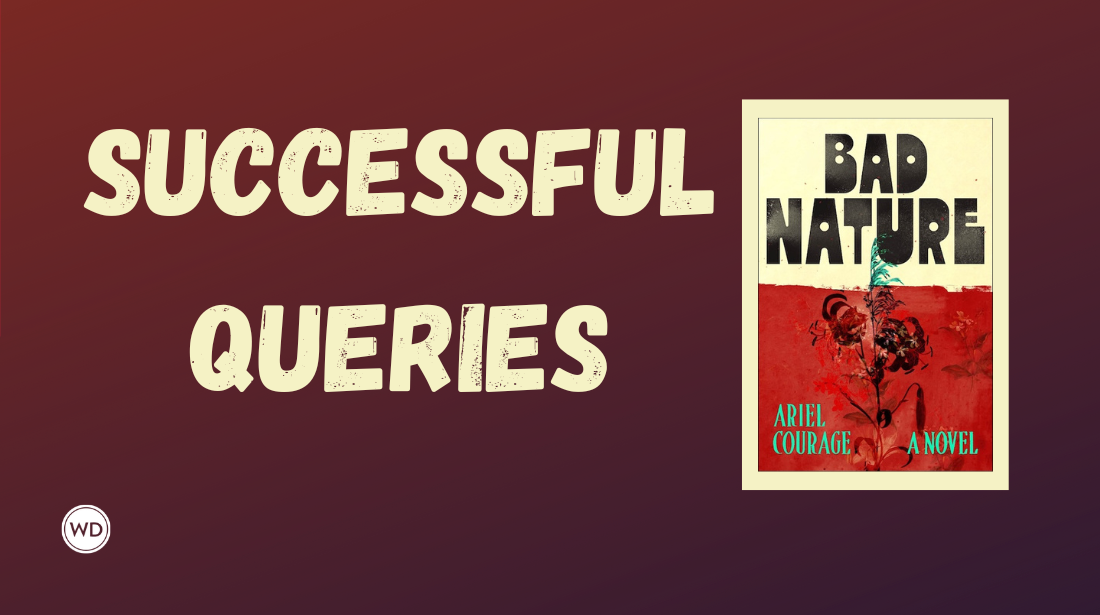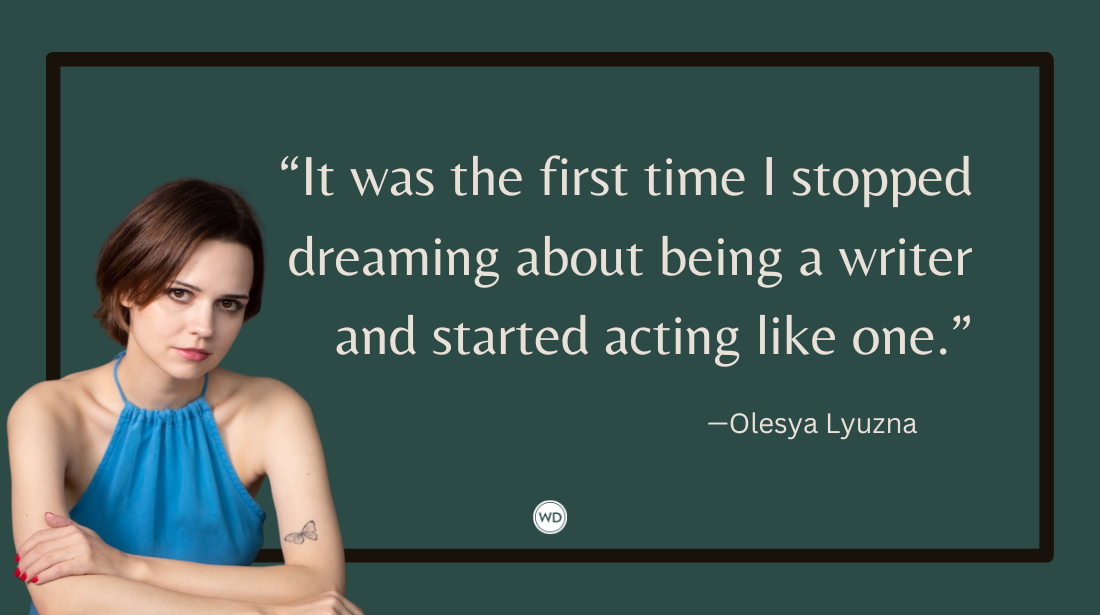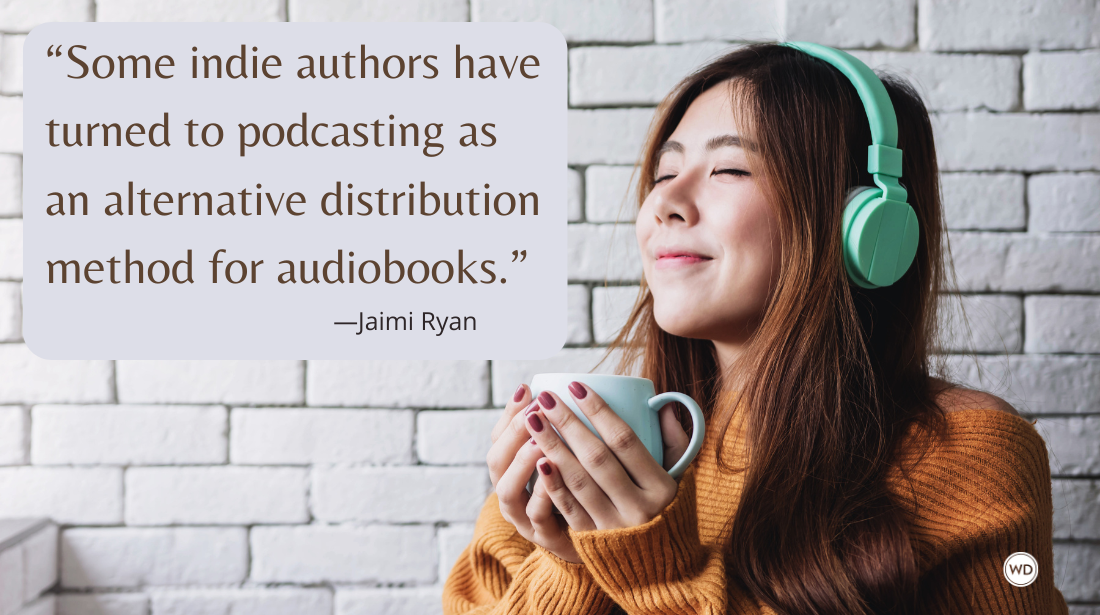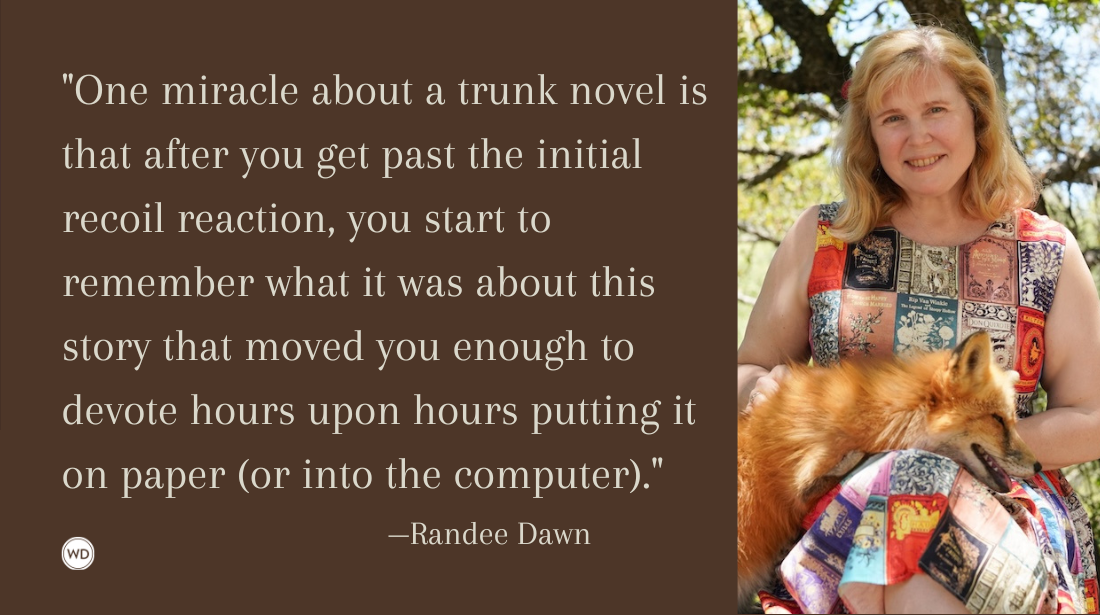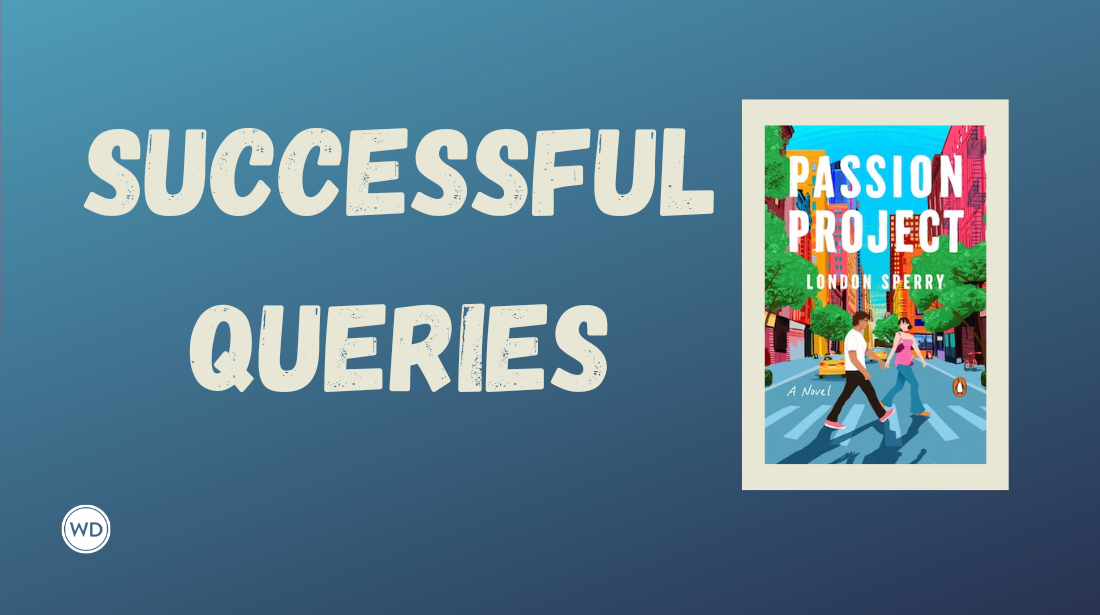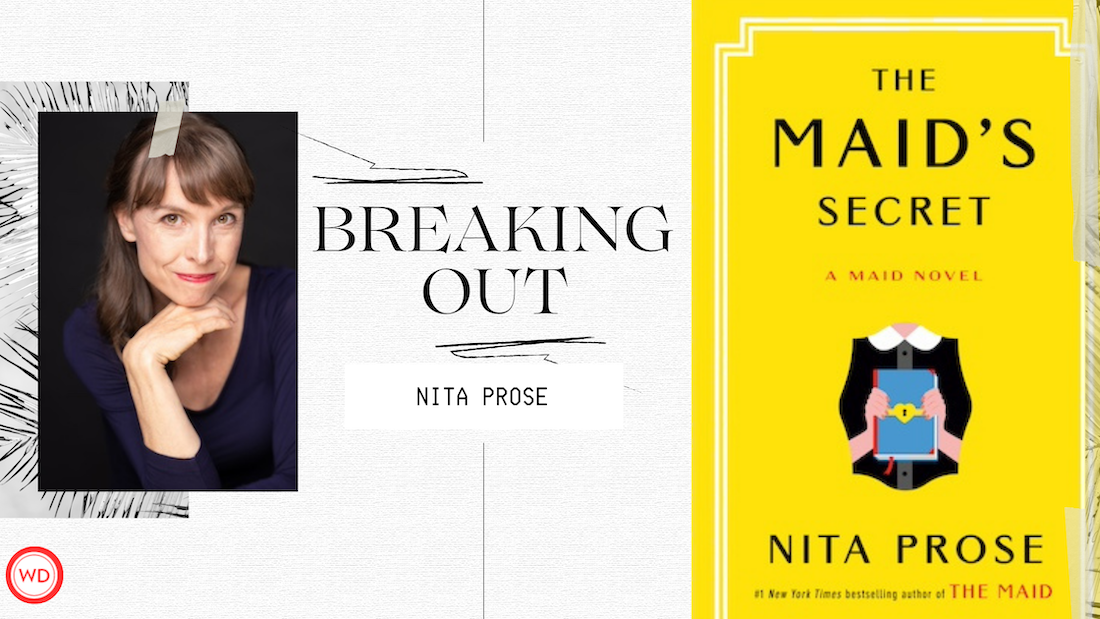Follow Industry Typing and Formatting Conventions for Your Writing Genre
Let Audrey Wick help walk you through current industry typing and formatting conventions for your writing genre to help you achieve your publishing goals.
Writers who are interested in submitting their work for publication need to consider how their words look on the page. Most magazines, trade journals, book publishers, and writing contests have certain expectations for their submissions.
What are basic expectations for formatting a submission?
In most cases, these are safe bets to follow when typing:
- Type in a serif font, which can be universally read. Times New Roman is the most common choice.
- Use 12 pt. type for words and sentences, though supplementary elements like charts, illustrations, or footnotes may require a different size.
- Add only one space after a mark of punctuation. After typing a comma, a semi-colon, and, yes, even a period, simply add one space. Two spaces used to be more common in separating sentences when typewriters were used, but digital word processing today favors just one space after most marks of punctuation.
- To indent a line, use the Tab key so that indentation is uniform throughout the document.
- Set left justification. This will ensure typing is flush to the margin on the lefthand side of the page without the appearance of extra spacing that may occur with lines justified to the right margin as well.
How do I know what other formatting to add?
Different genres have different preferences.
- Prose writers may use a set of three spaced asterisks (* * *) to indicate a section break.
- Poets may use a full page break instead of a line break to separate poems in a single digital file to help organize them.
- Screenwriters may use all caps for a scene heading so that it can be read clearly.
What makes sense for one genre may not be acceptable in another. Ultimately, looking at formatting guidelines can help you know what to add.
How do I find formatting guidelines?
Formatting guidelines are frequently available online.
For instance, if you are writing a book and interested in submitting a manuscript direct to a publisher (for any publisher that doesn’t require an agent), start by visiting the company website. Use the “submissions guidelines” area to see preferred formatting requirements. For instance, Bookouture asks for “a clean font with double spacing.” Sourcebooks asks Casablanca imprint submitters to include a header on each page of the submitted manuscript, with certain contact information.
The “submit to us” or “how to pitch us” sections on periodical websites can also help you understand expectations. For instance, Mid-American Review takes fiction, nonfiction, poetry, book reviews, and translations. Because of the variety in how writers might approach these different genres, there is no specificity about single-line spacing versus double-spacing. However, American Short Fiction (as the name implies) only accepts fiction, and guidelines specify double spacing.
If the submission guidelines do not include preferred formatting, look at how pieces are published in final form by the publisher. Try to mimic that.
Why are publishing guidelines sometimes unclear?
What may be unclear to an individual writer might make a lot of sense to the publisher. Some publishers indent the first line of each paragraph; some prefer to keep the text left justified and include a full line space between paragraphs. Medium matters here. For instance, Chicken Soup for the Soul stories (nonfiction) have no paragraph indentions when the stories are published digitally for their website, but paragraph indentions are included for their print books. In this case, the medium controls the formatting.
What should I do if I am unsure?
You may be able to consult a FAQ page on a company site, glean tips from a publisher/editor’s social media account, or inquire directly from a representative before submitting.
However, don’t take risks. What may look nice to you on the page (such as bolded font, italicized phrasing, or underlined words) may not be clear to someone else, and these additions may not be standard for the genre in which you are writing. So research, ask questions, and when submitting, err on the side of simplicity because that will be the most straightforward.
Audrey Wick is an author with Harlequin (Harper Collins) and full-time professor of English at Blinn College (Texas). She has authored educational content in college textbooks for Cengage and been a repeat contributor to Writer's Digest, Woman's World, and Chicken Soup for the Soul, with stories also appearing in various literary journals. Audrey believes the secret to happiness includes lifelong learning and good stories. But travel and coffee help. She has journeyed to over twenty countries—and sipped coffee in every one. See photos on her website audreywick.com and follow her on X and Instagram @WickWrites.



